Magazine
What Causes Dark Circles Under Eyes?
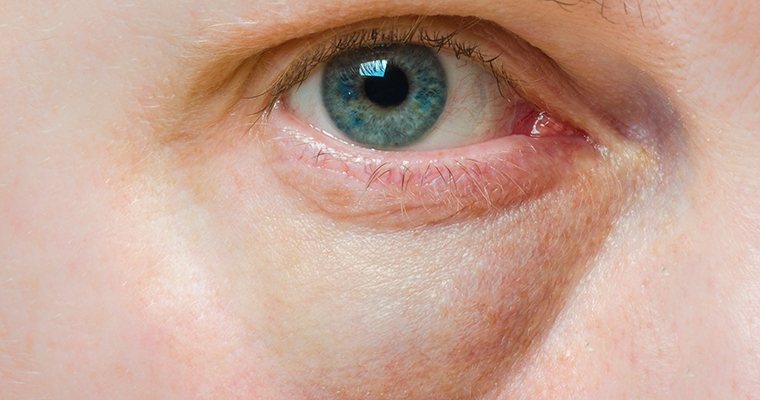
Dark circles are a common complaint, not just in older adults but also in people as young as teenagers. These features are characterized by a purple or bluish hue, or shadow, beneath the eyes; this is often accompanied by a look of hollowness surrounding the eye socket.
If you notice that you have swelling or a strange color under just one eye, it’s probably worth talking to your doctor about. But dark circles under your eyes refer to a natural trait different from bruising or swelling caused by infection.
What Makes the Skin Under Your Eyes Appear Dark?
It’s no surprise that we often see extra pigmentation around the eye area; after all, the skin under the eyes is 6-10 times thinner than the skin of other parts of our face, making it easier for blood vessels and capillaries to show through. A lot of people are born with under-eye circles; genetics can play a big part.
Others develop them with aging from increased skin pigmentation. Whatever the case, their appearance or increased visibility might seem like a mystery for some of us.
To find out more about what causes under-eye circles, look at all the factors listed below. And keep reading beyond that to learn about some common treatments and self-care tips to prevent them.
Common Causes of Dark Circles
Genetics
The explanation for this one is quite simple: people are just built differently. While some people will rarely, if ever, deal with dark shadows under their eyes, other people just seem to have them since birth.
This has to do with the thickness of the skin under your eyes, which allows the blood capillaries under your skin to be more or less visible. The structure of your face also plays a role. Dark circles can be an inherited trait that some people as early as childhood may have noticed.
Fatigue
While it’s a myth that a lack of sleep or sleep deprivation is the primary cause for dark under-eye circles, it can certainly contribute to making them appear worse or more prominent. When you miss out on sleep, your body releases a hormone called cortisol––this is also a general stress response. As cortisol levels rise, your body circulates excess blood, blood vessels under your eyes dilate, and your under-eye area becomes darker.
As in all matters, sleep is important.
Make sure you aren’t oversleeping either, as this can also cause dark circles too.
Aging
The skin around your eyes is already fragile and delicate. As you get older, you lose muscle and tissue structure, causing the skin to become thinner and often crinkle. Over time, the fatty tissue around your eyes also depletes. Dark veins and capillaries under your skin become more visible. The older you get, the more your skin is likely to lose some of its elasticity, causing wrinkles to appear.
Allergies
You probably know this already if you’ve ever dealt with allergies, but allergies and hay fever can cause swelling and puffiness around the eyes. While this doesn’t actually create under-eye shadows, it can cause redness and discoloration. Puffy under-eye bags can also cast shadows.
The other problem allergies present is that when your eyes are itchy or irritated, it’s hard to resist rubbing them. Over time, all this disturbance of the eye area can pop small blood vessels, not to mention dry out your skin and make it crepier in appearance.
Using histamines can also increase the appearance of dark circles over time.
Sun Exposure
You might think that getting plenty of sunlight is good for your skin, or that having tan skin will hide the appearance of dark under-eyes. While this makes sense in moderation, the sun will make all parts of your skin darker––including the extremely delicate skin under your eyes. Exposure to the sun’s UV rays over the years can cause sun damage like hyperpigmentation and dark circles. Make sure to protect yourself from the sun.
Smoking and Drinking
Smoking robs you of vital nutrients, nutrients that keep your skin supple and healthy. It can also interfere with your sleep. Meanwhile, alcohol makes blood vessels under the skin swell and break, causing blood to pool under your eyes. This exacerbates the hue of skin, including that under the eyes.
Being Rough On Your Eyes
Once again, it’s all about disturbing those blood vessels. When you rub, tug, or scratch around your eyes, you can cause the increased appearance of blood under the skin. It’s important to be gentle with your eyes to avoid this issue adding up over time.
Dehydration
You might think that fluid retention happens when you’re overly hydrated––but that isn’t exactly the case. When your body becomes dehydrated, it goes into fluid conservation mode. That means that fluid can build up around the eyes, again pushing blood vessels and creating that purplish under-eye color.
It can also result in those pesky under-eye bags. This can also make eyelids puffier and cast more shadows, creating a sunken eye look.
Overly Visible Blood Vessels
This has already been mentioned a few times due to other factors, but it bears repeating. Blood vessels sitting close to the skin create the blue or purple color responsible for the illusion of dark shadows under the eyes.
Bone Structure
The visibility of blood vessels is not the only thing contributing to dark under-eyes. The shapes that your face creates can cause shadows to appear under your eyes. If you have more protruding eyes, brows, or cheekbones, shadows will naturally be visible in the eye area of your face. It can also increase the appearance of hollowness.
Environmental Irritants
This goes hand in hand with allergies. Anything in your environment that causes irritation or distress to your eyes, especially when it results in your rubbing or scratching at the skin around the eyes, will increase the appearance of dark circles over time. If you experience symptoms like sneezing, itchy eyes, and nasal congestion, allergies could be the reason for your dark circles. Be on the lookout for dark circles when seasonal allergies arise.
Medications
Some medications can dilate your blood vessels, worsening the appearance of under-eye circles. Once these treatments cease, however, it’s likely the look of your under-eyes will return to normal.
Iron Deficiency
A lack of iron, also known as anemia, can cause the hemoglobin in your blood to break down; this interferes with your body’s natural transfer of oxygen through your system. This prevents enough oxygen from reaching the tissue under your eyes, causing dark circles. It can also result in pale skin, making dark shadows look worse.
Other Conditions
Some health conditions or diseases can cause the appearance or increased visibility of darkness under the eyes. Atopic dermatitis or contact dermatitis, also known as eczema, can be a contributing factor. Other underlying health issues, like thyroid disease, can also cause dark circles.
Home Remedies to Reduce the Appearance of Dark Circles
- Cold Compress
- A cold compress, such as a cool, moist washcloth, can minimize swelling and soothe your eyes.
- Elevating Your Head While Sleeping
- Elevating your head minimizes fluid retention in the face, making your eyes less puffy in the morning.
- Laser Treatments
- Chemical Peels
- When recommended by a doctor, these can reduce fine lines and pigmentation.
- Fillers
- Fillers are an injection that plump the skin under the eyes. They are mostly temporary and can be dissolved on request.
- Extra Sleep
- As in all aspects of life, sleep is vital for improved skin appearance. Make sure you get seven to nine hours every night. For extra comfort, get some extra pillows for your nightly rest.
- Wash Your Face
- To avoid dirt and other environmental pollutants from irritating your eyes, wash your face once or twice a day with a gentle, beneficial face wash. Using a 6 in 1 face cream can also help decrease the appearance of dark circles over time.
- Facial Massage
- A facial massage can relieve tension, ease muscles, and reduce stress.
- Sun Protection
- A sunscreen that’s SPF 30 or higher can protect your skin from UV rays that cause pigmentation. Also, don’t forget those sunglasses.
- Concealer
- It might seem unusual for some to go this route, but the fact is: concealer is a quick, easy, and temporary way to cover up some unwanted dark circles.
- Vitamin E and C
- Moisturize
- Dry skin will always make you appear older, but keeping it healthy and hydrated can prevent this. Make sure to moisturize once or twice a day with a solid moisturizer.
- Stimulate Microcirculation
- Circulating the bloodstream prevents blood vessels from swelling and blood from pooling under the eyes.
- Caffeine (Topical)
- Cosmetics with caffeine can lighten dark areas; drinking coffee, on the other hand, can worsen the appearance of your skin.
- Teabags can also be used as cold compresses to help stimulate blood circulation under your eyes.
- Antihistamine
- Don’t let allergies bug you; try an antihistamine to make sure your eyes don’t get irritated. You can also try eye drops to relieve itchiness.
- Proper Nutrition
- Make sure you’re getting a healthy dose of vitamins, nutrients, and minerals. Don’t take supplements without consulting your doctor about it first, as it may be unnecessary.
- In addition, make sure you drink plenty of water, as dehydration can cause dark circles to form.
Ditch Dark Circles with Particle
For some people, dark under eyes are somewhat unavoidable. Genetics play a big role, as does aging, which affects everyone at one point or another. However, there are things you can control––proper nutrition, sleep, and sun protection are some of the big ones. Don’t forget to take care of your skin through moisturizing and getting the right vitamins and minerals.
If you are concerned about your dark circles, talk to your dermatologist as they can recommend the best treatment.
With some self-care and simple treatments, you can find ways to reduce even stubborn dark circles. Particle offers various skincare products that can help reduce dark circles as you age. It can’t get better than that.
Sources:
Caring for the Skin Around the Eyes | Scalar
Dark Circles Under Eyes | Causes | Mayo Clinic
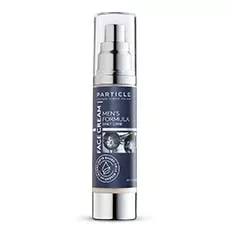
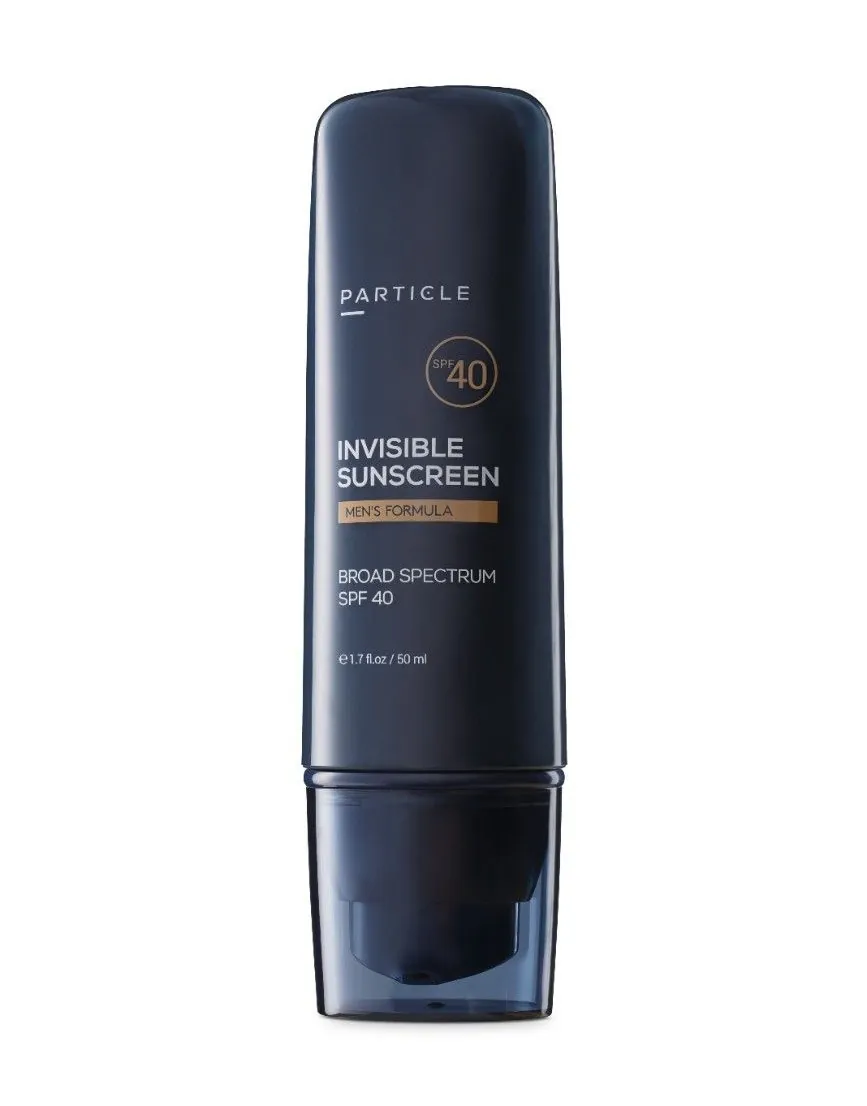
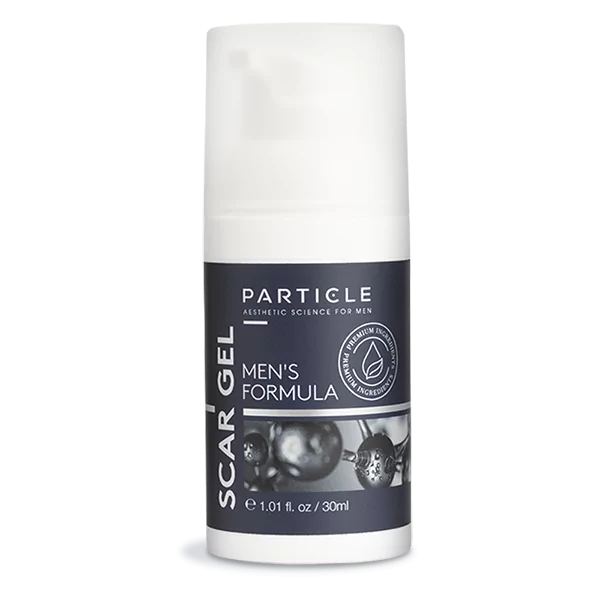
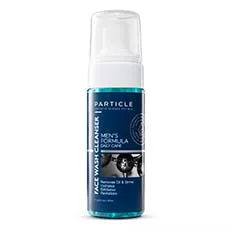
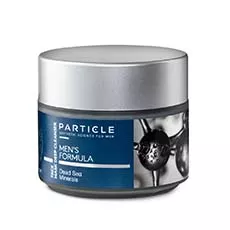
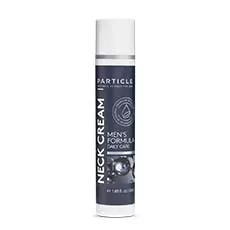
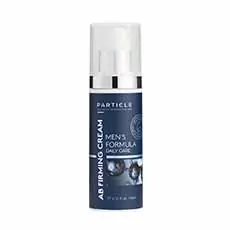
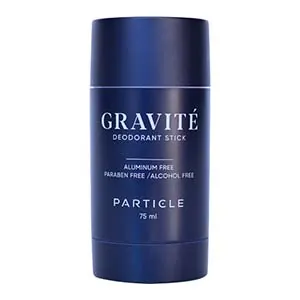
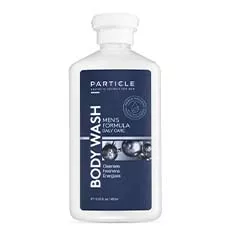
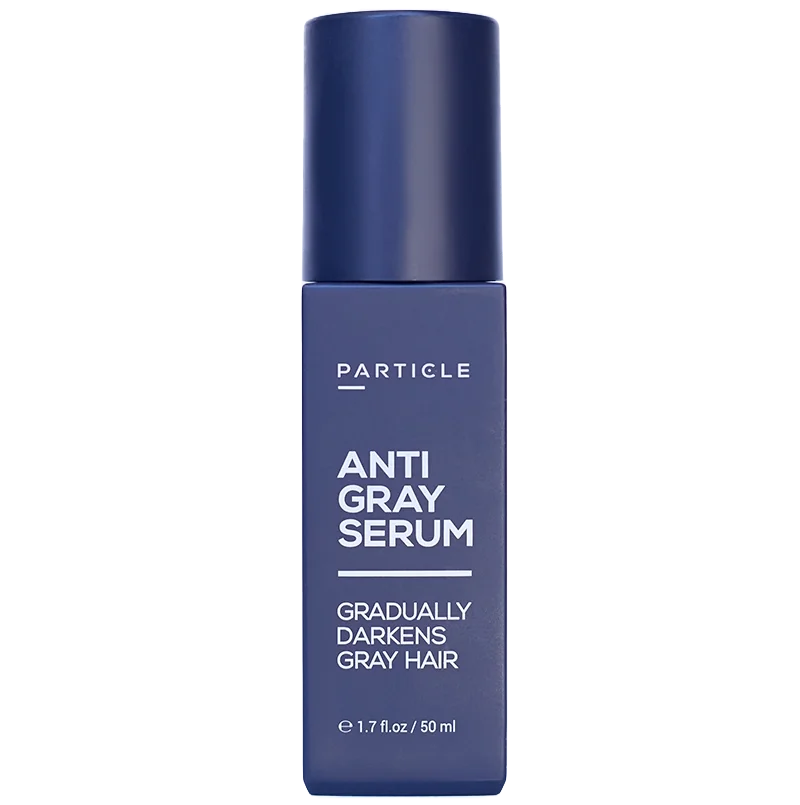
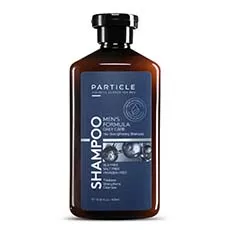
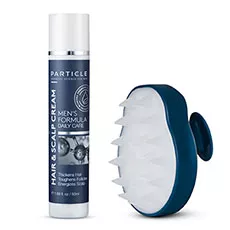
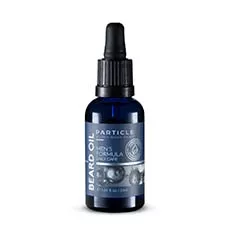
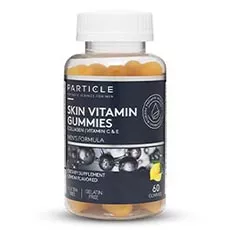
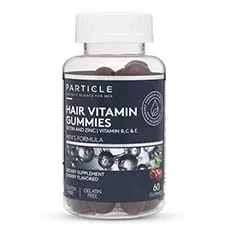
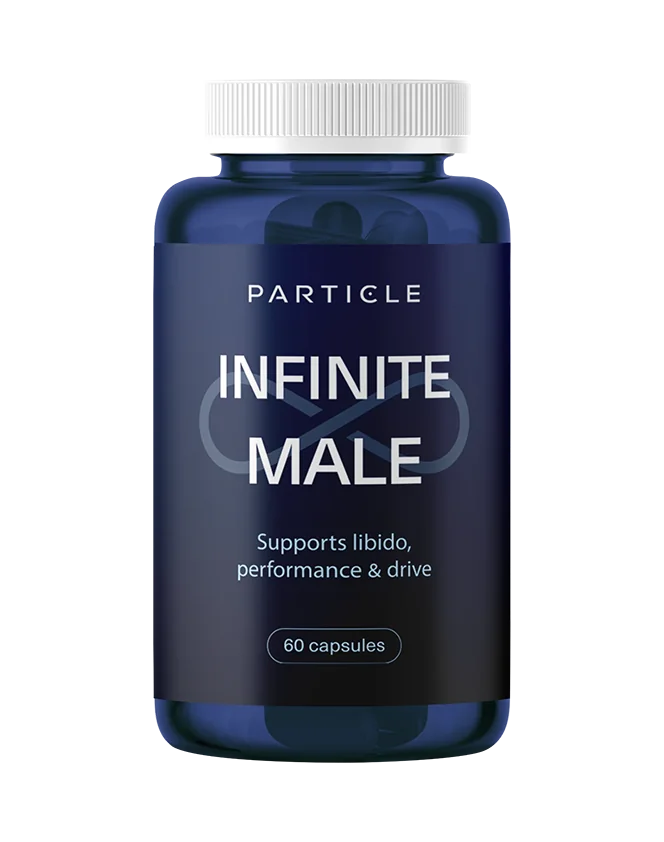
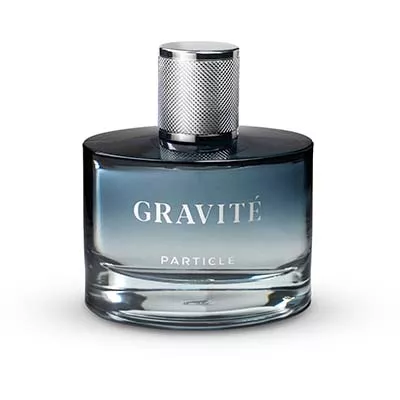

 en
en















